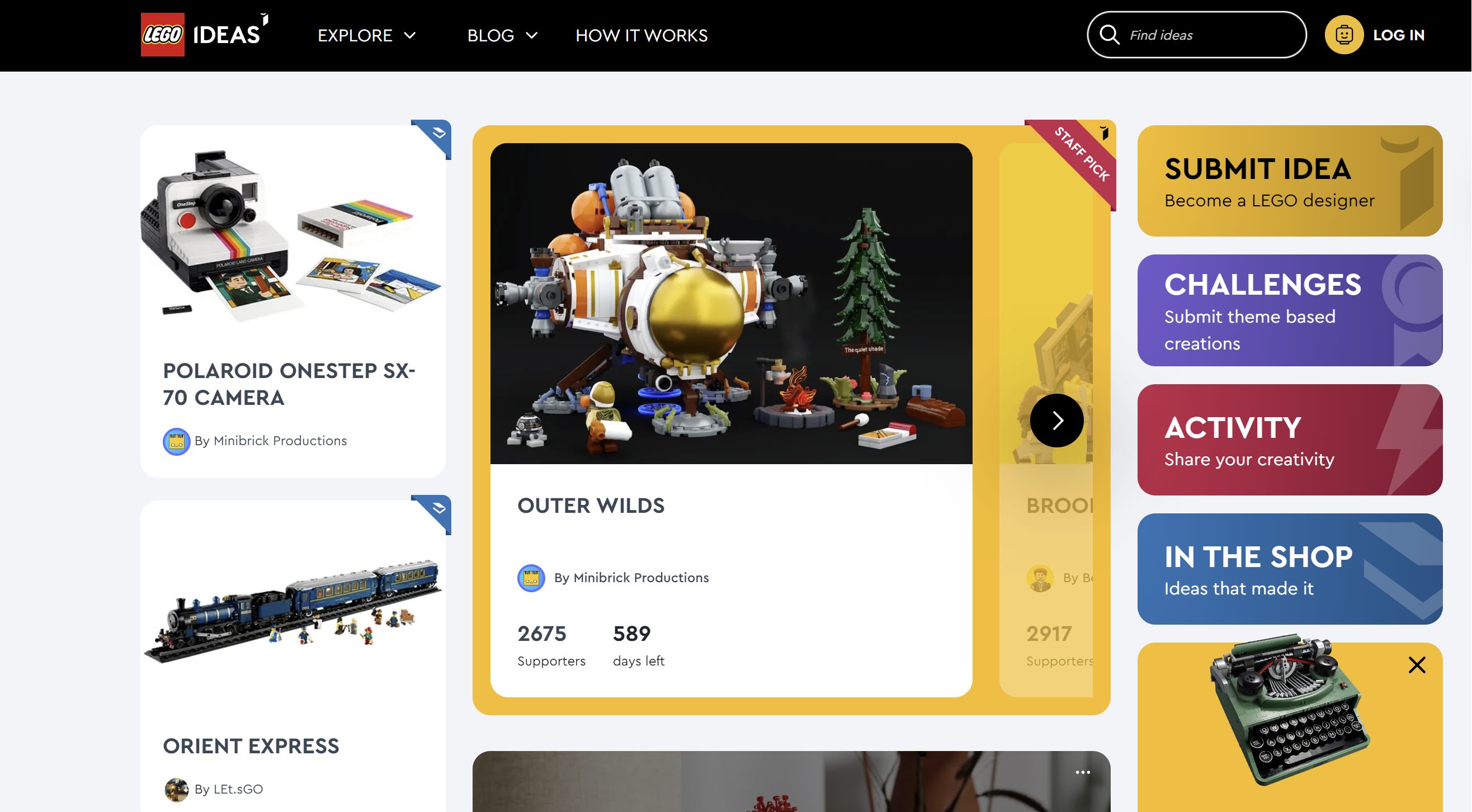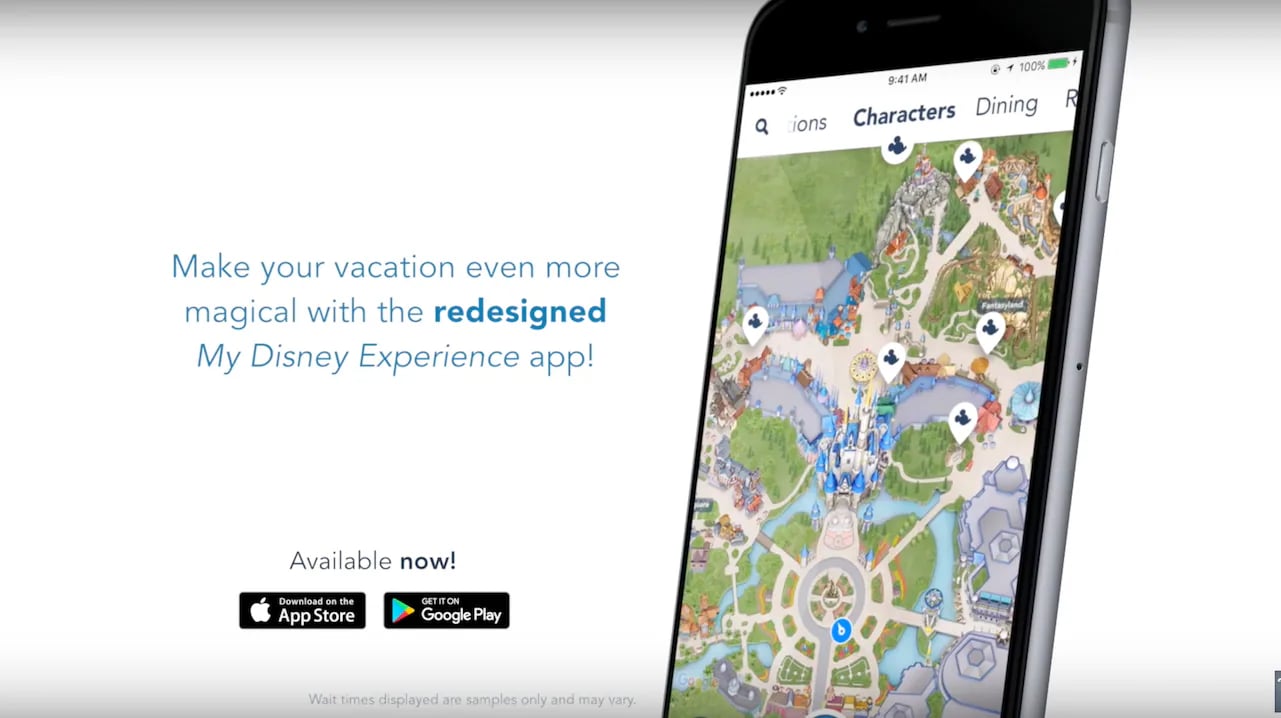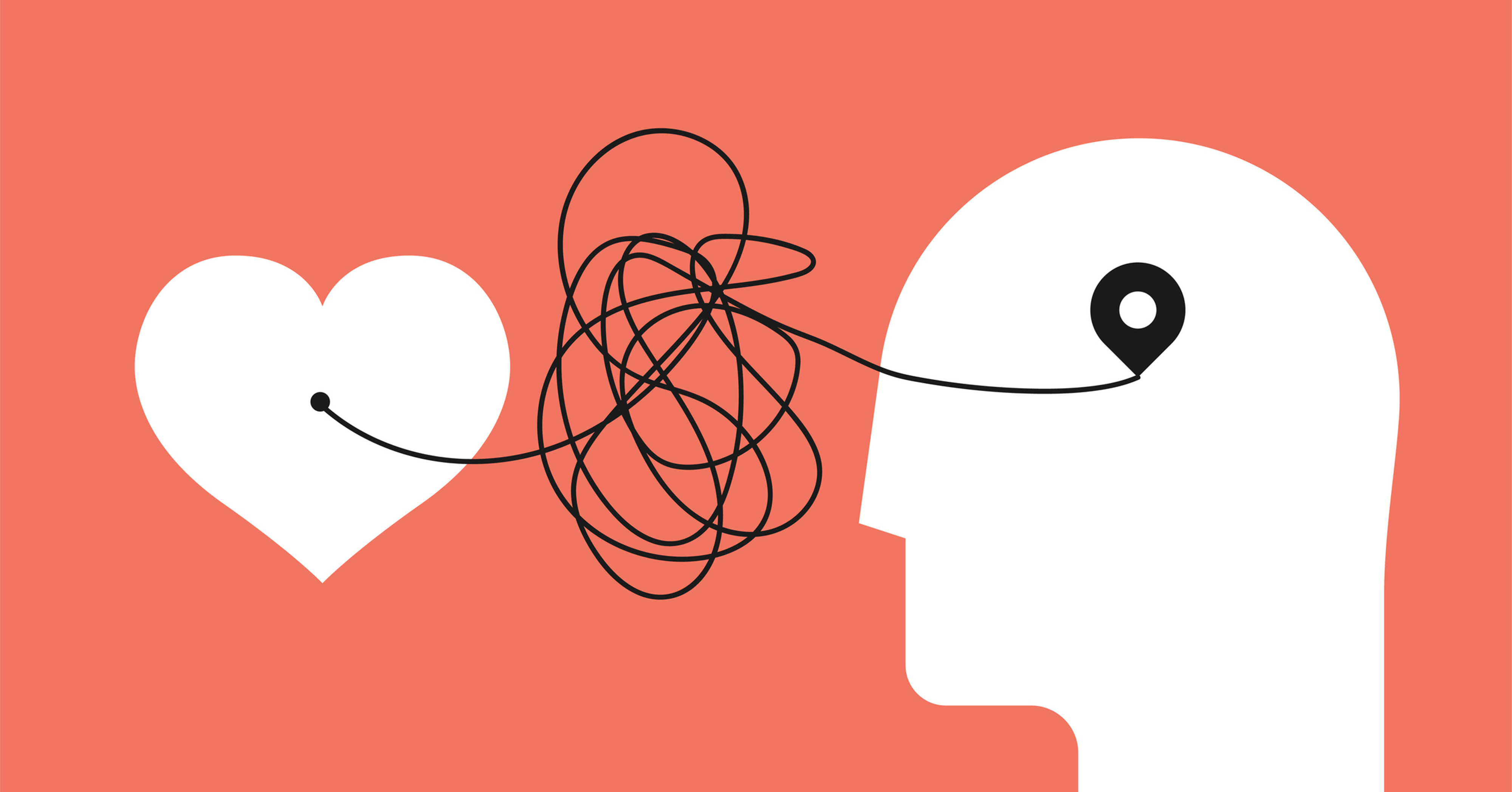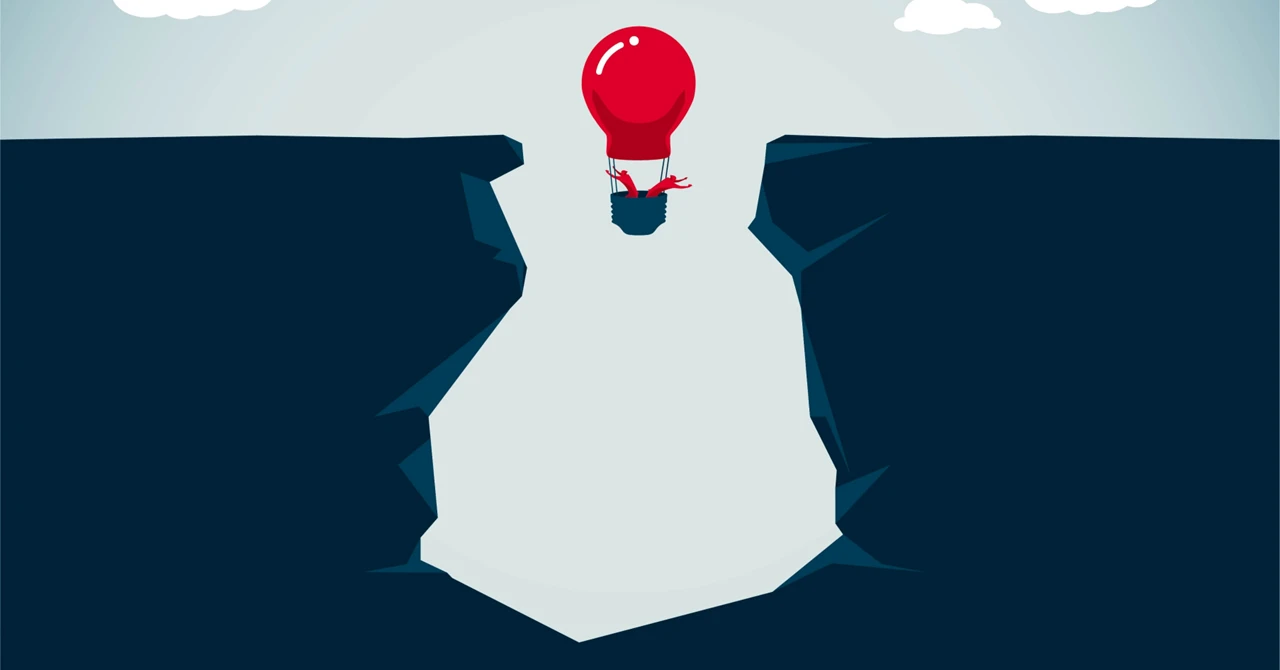Many organisations now recognise that improving customer experiences can create value. But getting to what matters to customers and reaching them, pre and post purchase, is challenging. We’ve seen how building a customer engagement strategy can harness the power of cross-functional working to set brands apart and build a growth pipeline.
What is a customer engagement strategy?
At its simplest, a customer engagement strategy helps organisations to better understand what they need to do to recruit and retain customers.
It helps develop a deep understanding of the reasons, motivations, triggers, and the occasions when someone considers buying a product in a category.
This understanding then guides the decision-making processes, shapes resource allocation, and leads to a cross- functional action plan that delivers against customers’ wants and needs better than anyone else.
But getting to this is tricky. It takes time and expertise. Plus, a deep understanding of categories, customer needs and how to reduce friction on every step they take towards buying your products.
Ultimately, it creates a competitive advantage and can provide long-term sustainable growth.
Why develop a customer engagement strategy?
Having a customer engagement strategy is a proven approach to connecting with customers effectively and helps achieve long-term commercial success. It involves understanding the customer journey and planning accordingly.
Customer engagement strategies involve building relationships and interactions with customers to prompt discovery, through fostering loyalty and advocacy.
They establish various touchpoints and channels to engage customers at different stages of their journey.
They then focus on behaviour change and how to resolve pain points and opportunities that have surfaced along the way.
A well-executed customer engagement strategy is key to building strong customer relationships, driving loyalty, and, ultimately, achieving business success.
Where to focus - customer recruitment or customer loyalty?
In short, both recruitment and loyalty are important.
By understanding today’s reality and setting a vision for the future, it becomes easier to strike a balance between market penetration/customer recruitment and customer retention/loyalty.
While both are important, the emphasis may vary depending on the business goals and the sector in which they operate.
Here are some key considerations:
- Market Penetration and Customer Recruitment
Acquiring new customers and expanding market share is crucial for growth. This involves targeting new customer segments, entering new markets, and understanding the balance of consistently creating demand, over the long term, versus short- term performance marketing and sales conversion. - Customer Retention and loyalty
Retaining existing customers and fostering loyalty is also important. It’s possible to calculate customer lifetime value, which can help prioritise goals and resources. - Creating preference
This applies to both groups. Creating something that uniquely addresses customer needs and is both different and distinct from alternatives gives customers the appetite to try and keep coming back.
In summary, while market penetration and customer recruitment are important for growth, customer retention, loyalty, and creating preference should not be overlooked.
How to develop a customer engagement strategy
An overview
Developing a customer engagement strategy involves several key steps and stages. Here is a typical example:
|
Understanding Customers Segment and Target Customer Journey Mapping Touchpoint Optimisation Behaviour Change Strategies Brand activation plan Measurement and Analysis |
Begin by understanding the journey
Customer engagement strategies start by getting curious and finding deep insights about target customers, their needs, preferences, and behaviours.
Taking what is known about a target customer and creating a roadmap that shows how they can travel from first hearing about a brand to becoming a loyal customer. This is often referred to as mapping the customer experience journey.
Mapping the customer journey helps to understand what they go through, where they might face difficulties, and how to make their experience better.
Using a customer engagement strategy template can really help. It provides structure to create a clear summary of each stage and touchpoint, from initial awareness to post-purchase responses.
It identifies bottlenecks and challenges that customers may meet. And it prompts a deep dive into their needs and behaviours, which then highlights opportunities for engagement.
The five stages of the customer journey are:
| Discover | Consider | Buy | Experience | Love |
| How potential customers first become aware of the brand and start exploring what it offers. | What option and brands potential customers carefully evaluate and compare before deciding. | How customers find, choose and purchase. | What delights or could disappoint customers when they engage with the brand, forming their impressions based on the quality, usability, and overall satisfaction of their interaction. | How customers develop and then show or share a strong emotional connection and loyalty towards the brand |
Each stage can be interrogated using three simple questions that generate a powerful understanding of the consumer experience:
- What am I doing?
The action or behaviour the consumer is taking (what we can see). - Why do I do it?
The thoughts and/or feelings that are driving this action. - What are the barriers and triggers that influence these?
The barriers preventing the desired behaviour. The triggers that would enable the desired behaviour.
An important point to consider is that journeys are rarely linear. Typically, they will re-loop as even the most loyal of customers will need to re-discover, re-consider and re-buy.
Focus on behaviour change
Customer engagement strategies and ideas typically address solutions that enable changes in customer behaviour.
So, the next step is to review the customer journey and prioritise the pain points and opportunities that have surfaced along the way.
Consider what transformations are required.
This can be approached by first summarising what the growth customer is doing today and why, then describing what they will do in the future and why.
In between this current and future state are the triggers and barriers that need to be addressed for this transformation to take place.
From this prioritised list, the key strategic initiatives will emerge.
Agree a customer engagement plan
Be careful to avoid the communications trap.
Engagement is much more than an improved advertising brief or media plan.
Taking a business-wide approach, across all functions is key. It’s vital to link the combined knowledge of the organisation across touchpoints and interactions. Because the goal is to make every experience frictionless and preferable.
There are multiple ways of identifying these ‘levers’ and which ones to pull to better meet customers’ needs, drawing them into the category and brands and resolving their pain points.
The 4 Ps of marketing – Product, Price, Place, and Promotion - can be a good place to start
ProductDoes the current product range meet all of the customer’s needs on all of the occasions when they might use it?
Price
Is the price optimised for the category and occasion? Does it represent good value?
Place
Is the produce widely available where and when people want to buy it?
Promotion
Does the brand talk to the customers in an engaging and memorable way across each touch point?
Starting with an audit of current performance and identifying gaps where improvements can be made will provide the basis for developing a focused action plan.
Prioritise and set objectives that will deliver the desired growth within an agreed timeframe.
Implementing customer engagement strategies
Thinking about how to implement a customer engagement strategy is crucial.
Having a cross-functional team involvement from the beginning really helps. Especially if they have the support and sponsorship of the leadership team.
These are important steps to consider:
- Leadership Alignment
Senior leaders need to recognise the importance of customer engagement and align their goals accordingly. This sets the foundation for cross-functional collaboration. - Cross-Functional Working
Establish teams consisting of representatives from different departments, including marketing, sales, customer service, product development, and operations. These teams work together to align their efforts towards customer engagement goals. - Shared Vision and Goals
Develop a shared vision and common goals related to customer engagement that all departments can rally around. This ensures everyone is working towards a unified objective.
- Data Sharing and Insights
Enable the sharing of customer data and insights across departments. This allows for a holistic understanding of customer behaviour and preferences, enabling better decision-making and coordinated efforts. - Integrated Systems and Processes
Implement integrated systems and processes that enable seamless information flow across different departments. This integration eliminates bottlenecks and enables real-time access to customer information. - Performance Measurement and Accountability
Establish performance metrics and accountability mechanisms that evaluate the effectiveness of cross-functional customer engagement efforts. This ensures that all departments are held responsible for their contributions.
Continuous Learning and Improvement: Foster a culture of continuous learning and improvement. Encourage departments to share successes, challenges, and lessons learned, and use that knowledge to iterate and refine the cross-functional customer engagement strategy.
Further reading and customer engagement strategy examples
Lots has been written on this topic. If you’d like a deeper theoretical understanding, here are just a few of the areas to investigate:
- Customer-Centricity
Adopting a customer-centric approach, focusing on delivering value and meeting customer needs throughout the customer journey. - Customer Lifetime Value (CLV)
Understanding the long-term value of customers to prioritise engagement efforts and allocate resources effectively. - Behavioural Economics
Applying principles of psychology and human behaviour to influence customer decision-making and drive behaviour change. - Service Design
Using design thinking methodologies to create exceptional customer experiences by understanding customer needs, pain points, and aspirations.
Customer engagement strategy examples include:
| Lego, who harnessed the power of their fans to help them ideate and innovate through the Lego Ideas Platform which allows fans to submit their own designs for potential production – creating new products and extending to a new segment of adult fans of Lego. |  |
| Heinz, who leveraged their long-standing expertise in tomato-based products to launch a range of pasta products - humorously apologising for being "150 years late to the pasta sauce party”. |  |
| Disney, who developed and evolved the My Disney app for holiday makers to plan, book and enjoy every aspect of a trip to one of their theme parks. Enabling a unique way to secure accommodation, food reservations and decide which ride to go to next based on live wait times. |  |
Takeaway
- Deeply understand your category
- Step back and identify where friction exists
- Prioritise and focus on what’s going to delight customers
- Avoid the advertising trap
- Set organisational goals and work cross-functionally to achieve them
Oxford has experience in helping people build customer engagement strategies and can share examples and best practice ahead of helping you to work out the best approach for your business. Please get in touch. Simon and the team are here and ready to help.
About the author
Simon Green is a seasoned marketing strategist with over 20 years of experience in product development, brand management and commercial leadership. Simon has worked in leading CPG organisations and entrepreneurially to successfully bring products to market, blending consumer insights with compelling storytelling. His breadth of experience and relatable expertise supports clients develop and deliver brand growth.

Share this
You May Also Like
These Related Stories

Customer insights: why everything you know about your customers may be wrong

Crossing the Pharma Chasm. Why do Pharma launches fail?

.png?width=657&height=57&name=OXFORD%20LOGO%20(1).png)
No Comments Yet
Let us know what you think